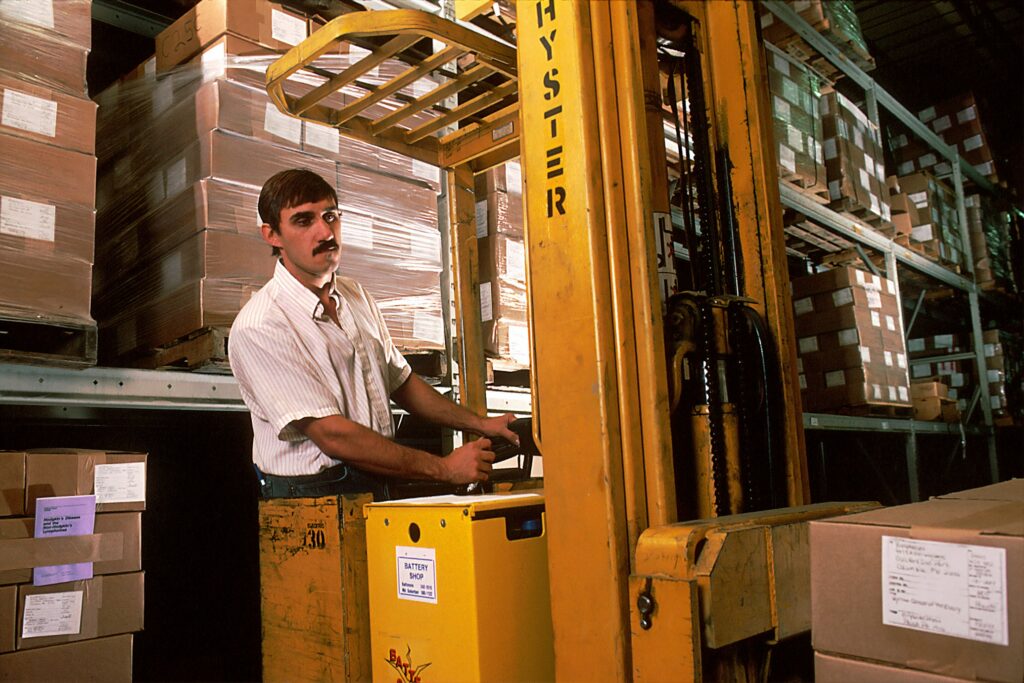Buying or selling property can be an exhilarating yet overwhelming experience, notes the OKC Management team. Amidst the excitement of acquiring a new home or securing a lucrative investment, the intricacies of legal processes often leave many scratching their heads. One such crucial process is conveyancing. If terms like “title search” and “settlement” sound foreign to you, fear not! This guide will demystify conveyancing, breaking it down step by step.
What Is Conveyancing?
Conveyancing is the legal process of transferring property ownership from one person to another. It ensures that the buyer receives the property title and that all the legal requirements and financial obligations are met. This process involves a series of steps, each designed to protect both buyers and sellers, ensuring a smooth transaction.
Why Is Conveyancing Important?
Conveyancing is vital because it guarantees that property transactions are legally binding and fair. It protects your interests, whether you’re buying or selling. For buyers, conveyancing confirms that the property isn’t burdened with undisclosed debts or legal issues. For sellers, it ensures that the sale proceeds smoothly and that all necessary documents are correctly executed.
Conveyancing – The Basics
At its core, conveyancing involves thorough legal work to facilitate property transfers. When dealing with conveyancing in Brisbane, for example, a licensed conveyancer or solicitor typically handles the process. They conduct title searches, prepare legal documents, and ensure all conditions of the sale contract are met. Understanding these basics can help you appreciate the importance of each step in the process.
The Initial Agreement
The conveyancing process begins with the initial agreement between the buyer and the seller. This includes making an offer, which, once accepted, becomes a legally binding contract. This agreement sets the foundation for the subsequent stages of conveyancing.
Conducting Title Searches
One of the first tasks in conveyancing is conducting title searches. This step involves examining public records to ensure the property’s title is clear of encumbrances, such as unpaid taxes or legal disputes. Title searches provide peace of mind, confirming that the property can be legally transferred without complications.
Drafting and Reviewing Contracts
Once the title search is complete, the conveyancer drafts the contract of sale. This document outlines the terms and conditions of the property transfer, including the sale price, settlement date, and any special conditions. Both parties review the contract to ensure it accurately reflects their agreement. This step is crucial to avoid future disputes.
Arranging Building and Pest Inspections
Before finalizing the purchase, it’s essential to arrange building and pest inspections. These inspections identify any structural issues or pest infestations that could affect the property’s value. By conducting thorough inspections, buyers can negotiate repairs or price adjustments, ensuring they make a well-informed investment.
Organizing Finance Approval
Securing finance approval is a critical step in the conveyancing process. Buyers need to arrange a mortgage or loan to fund the property purchase. Conveyancers often liaise with financial institutions to ensure the necessary funds are in place for settlement. Without finance approval, the transaction cannot proceed.
Exchanging Contracts
Once all conditions are met, the next step is exchanging contracts. This involves both parties signing the final contract of sale and officially committing to the transaction. At this point, the buyer typically pays a deposit, signaling their intent to proceed with the purchase. The contract exchange marks the transition from conditional to unconditional sale.
Preparing for Settlement
Settlement is the final stage of the conveyancing process. During this phase, conveyancers prepare all necessary documents, calculate adjustments for rates and taxes, and ensure all financial arrangements are in place. Both parties agree on a settlement date, which is when the property ownership is officially transferred.
Conducting Final Checks
In the days leading up to settlement, conveyancers conduct final checks to ensure everything is in order. This includes verifying that all conditions of the contract have been met and that there are no outstanding issues. Final checks provide reassurance that the transaction will proceed smoothly on the settlement date.
Settlement Day
Settlement day is the culmination of the conveyancing process. On this day, the buyer’s conveyancer transfers the purchase funds to the seller, and the seller hands over the property title and keys. The conveyancers exchange documents, and the transfer of ownership is officially recorded. Congratulations! The property now belongs to the buyer.
Post-Settlement Tasks
Even after settlement, there are a few post-settlement tasks to complete. These include notifying authorities of the property transfer, updating council records, and ensuring all utilities are transferred to the new owner. Completing these tasks ensures a seamless transition and avoids future complications.
Common Conveyancing Pitfalls
While conveyancing aims to ensure smooth property transfers, several pitfalls can arise. These include delays in finance approval, undisclosed property defects, and disputes over contract terms. Being aware of these potential issues and working closely with your conveyancer can help mitigate risks and ensure a successful transaction.
Choosing the Right Conveyancer
Selecting the right conveyancer is crucial for a hassle-free property transaction, as their expertise can significantly impact the outcome of the process. When searching for a conveyancer, start by looking for licensed professionals with a solid reputation and extensive experience in your local market. It is advisable to seek recommendations from trusted sources such as friends, family, or well-regarded real estate agents who may have firsthand experience with particular conveyancers. Additionally, consider conducting some online research to read client reviews and testimonials, which can provide insight into the service quality and reliability of potential candidates.
It’s also essential to evaluate their communication style and willingness to address your concerns. A good conveyancer should be approachable, responsive, and eager to explain the complexities of conveyancing in an understandable manner. During your initial consultation, ask about their fees and any additional costs that may arise during the process to ensure transparency. The right conveyancer will not only help streamline the transaction and reduce potential pitfalls but will also provide you with peace of mind, making the property buying or selling experience much more manageable. Invest time in finding a skilled conveyancer, as their guidance can make all the difference in navigating the complexities of property transactions effectively.
Conveyancing is an indispensable part of buying or selling property. By understanding the process and working with a qualified conveyancer, you can ensure a smooth and legally sound transaction. If you’re ready to take the next step in your property journey, consider reaching out to a professional conveyancer who can guide you through the process with expertise and care.






